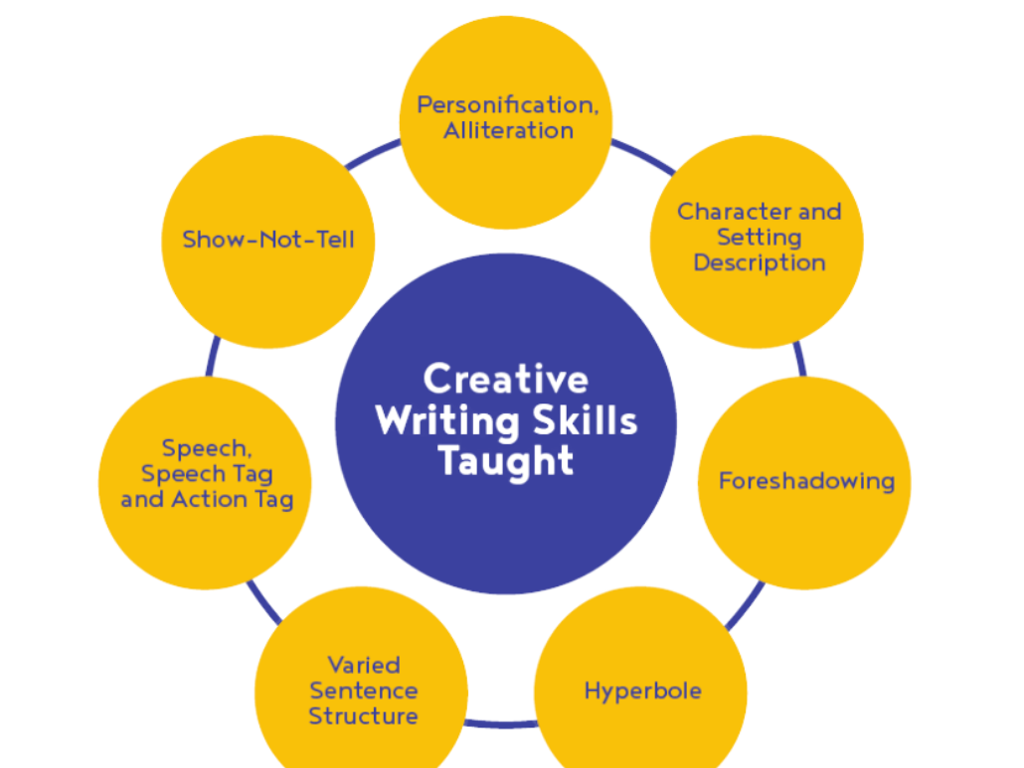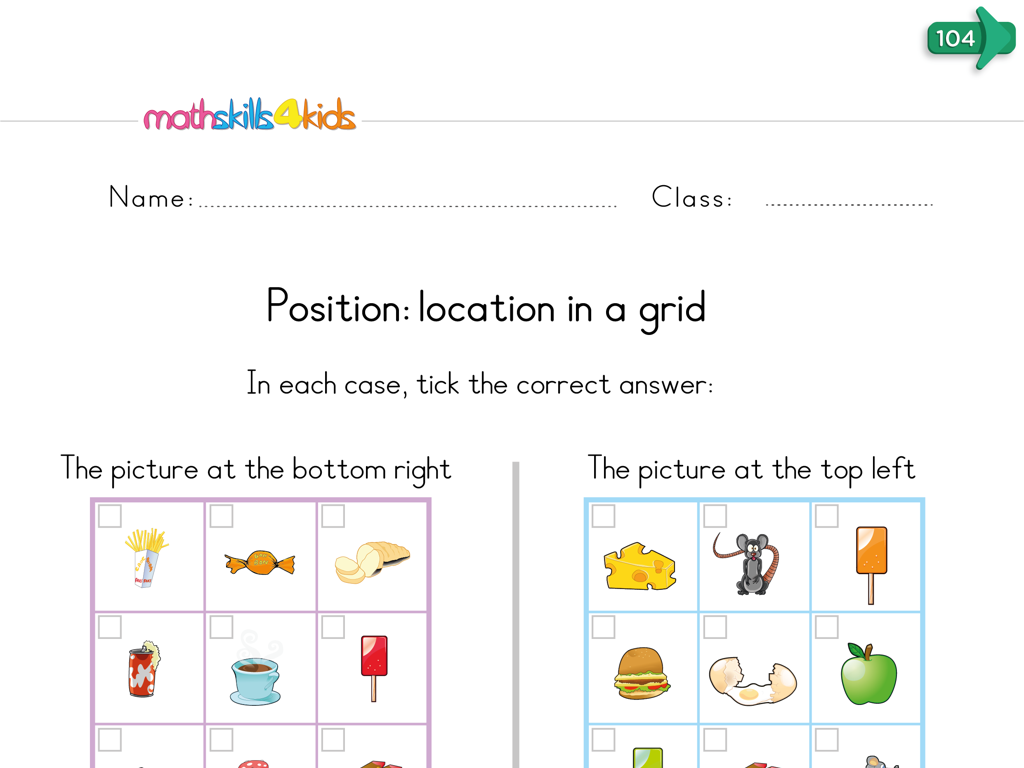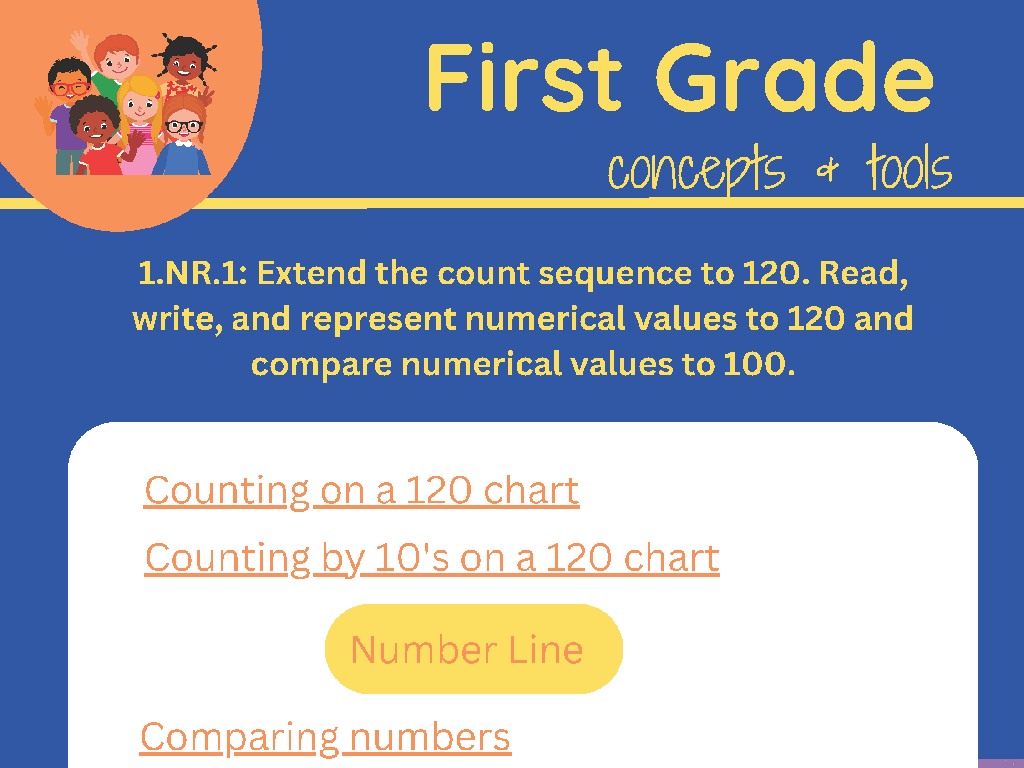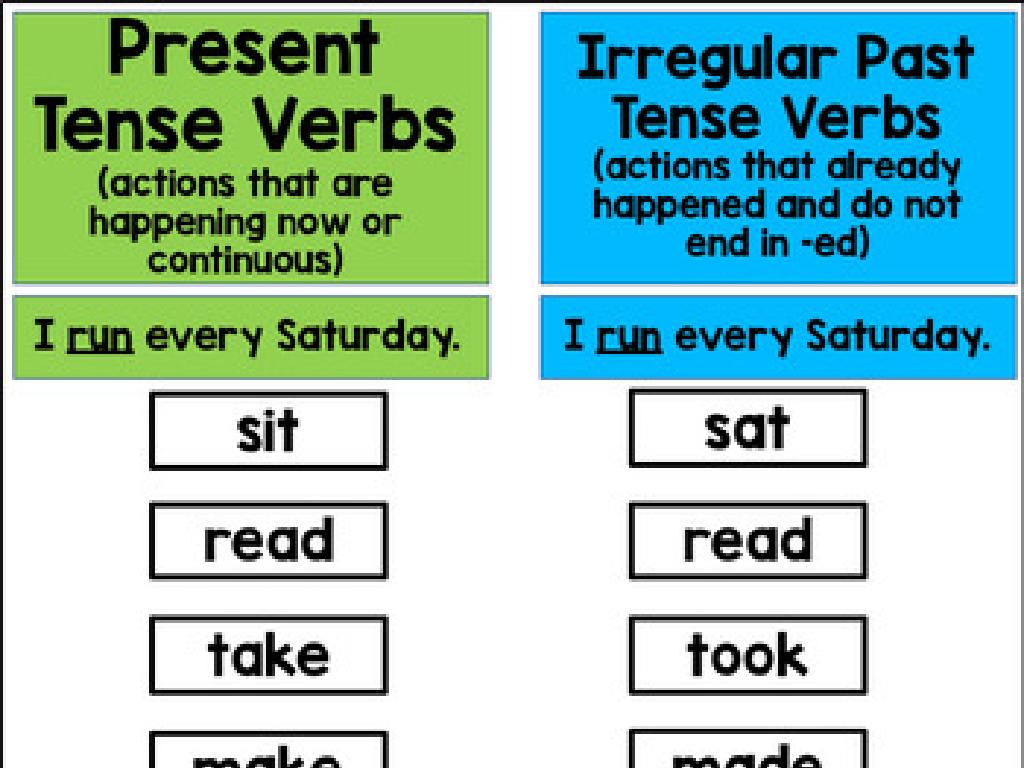Identify The Simple Subject Or Predicate Of A Sentence
Subject: Language arts
Grade: Third grade
Topic: Sentences, Fragments, And Run-Ons
Please LOG IN to download the presentation. Access is available to registered users only.
View More Content
Understanding Sentences in Language Arts
– Discover sentence elements
– Learn about fragments and run-ons
– Find the simple subject
– The ‘who’ or ‘what’ the sentence is about
– Identify the simple predicate
– The action or state of being in the sentence
|
Today’s lesson will introduce students to the basic components of a sentence. We will explore what makes a complete sentence, as opposed to fragments and run-on sentences. The focus will be on identifying the simple subject, which is the main noun or pronoun that the sentence is about, and the simple predicate, which is the verb or action word in the sentence. Use examples to illustrate these concepts, such as ‘The dog (subject) runs (predicate).’ Encourage students to practice by finding the subject and predicate in sentences from their favorite books or stories. This foundational knowledge will help them in writing and understanding sentences.
Exploring Sentences: Subjects and Predicates
– What makes a sentence?
– A sentence shares a complete idea with a subject and a predicate.
– Sentence main parts: subject & predicate
– Every sentence has a subject that tells us who or what and a predicate that tells us about the action.
– The subject: ‘who’ or ‘what’
– Find the ‘who’ or ‘what’ the sentence is about. For example, ‘The cat (subject) slept.’
– The predicate: actions or ‘doing’
– Look for what the subject is doing, like ‘The cat slept (predicate).’
|
This slide introduces the basic components of a sentence to help students identify subjects and predicates. Begin by defining a sentence and explaining that it must express a complete thought. Emphasize that the subject is the ‘who’ or ‘what’ of the sentence and the predicate explains what the subject is doing. Use simple examples to illustrate these points, such as ‘The dog (subject) barks (predicate).’ Encourage students to practice by identifying subjects and predicates in sentences they create or from a reading passage.
Sentence or Not? Understanding Sentences, Fragments, and Run-ons
– What makes a sentence complete?
– Recognizing sentence fragments
– A fragment lacks a subject or predicate, like ‘In the garden.’
– Identifying run-on sentences
– Run-ons are squished sentences without a pause, like ‘I love cats I have two.’
– Practice distinguishing them
|
This slide introduces the concept of complete sentences versus fragments and run-ons. Start by explaining that a complete sentence must have a subject (who or what the sentence is about) and a predicate (what the subject is doing). Then, discuss fragments and how they are incomplete thoughts that leave the reader hanging. Next, explain run-ons and the importance of punctuation to separate ideas. For practice, provide examples of each and have students identify whether they are complete sentences, fragments, or run-ons. This will help them in writing clearly and effectively.
Meet the Simple Subject
– Simple subject: main word in subject
– It’s the who or what the sentence is about
– Usually a noun or pronoun
– Words like ‘he’, ‘she’, ‘it’, or a name
– Example: ‘The cat slept.’
– In our example, ‘cat’ is the noun
– ‘The cat’ is the simple subject
– ‘The cat’ tells us who is doing the sleeping
|
This slide introduces the concept of the simple subject in a sentence, which is essential for understanding sentence structure. The simple subject is the main word that tells us who or what the sentence is about, and it’s typically a noun or pronoun. Use the example ‘The cat slept.’ to illustrate this point. ‘The cat’ is the simple subject because it’s the main word in the subject part of the sentence and tells us who is performing the action of sleeping. Encourage students to identify the simple subject in sentences by looking for the main noun or pronoun that the sentence is about.
Finding the Simple Predicate
– What is a simple predicate?
– Simple predicate = main verb
– It’s the heart of the predicate
– It shows the subject’s action
– Tells us about the subject’s activity
– Example: ‘The children play’
– ‘Play’ tells what the children do
|
The simple predicate is an essential part of a sentence, as it tells us what action the subject is doing. It’s usually the main verb in the sentence. For example, in ‘The children play,’ ‘play’ is the simple predicate because it shows what the children are doing. During the lesson, emphasize the role of the simple predicate in expressing the action of the subject. Use additional examples like ‘The dog barks’ or ‘The teacher teaches’ to illustrate this point. Encourage students to practice by finding the simple predicate in sentences you provide, and then let them try creating sentences of their own.
Let’s Practice: Subjects and Predicates
– Find the simple subject
– Who or what the sentence is about? Hint: ‘The dog’
– Find the simple predicate
– What action is being done in the sentence? Hint: ‘barked’
– Example sentence: ‘The dog barked loudly.’
– Practice makes perfect!
– Try with more sentences at home!
|
This slide is an interactive class activity designed to help students identify the simple subject and predicate in a sentence. The example sentence ‘The dog barked loudly.’ is used to illustrate the concept. The simple subject is ‘The dog’, which tells us who the sentence is about, and the simple predicate is ‘barked’, which tells us what action the dog is doing. Encourage the students to explain why ‘The dog’ is the subject and ‘barked’ is the predicate. After discussing the example, ask students to find subjects and predicates in other sentences. Provide immediate feedback and support. For homework, students can practice this skill with different sentences to reinforce their understanding.
Your Turn: Find the Subject and Predicate!
– I’ll write a sentence on the board
– Identify the simple subject
– The ‘who’ or ‘what’ the sentence is about
– Find the simple predicate
– The action or ‘what is happening’ in the sentence
– Raise your hand with your answer!
|
This slide is designed for an interactive classroom activity to help students practice identifying the simple subject and predicate in a sentence. Write a clear, simple sentence on the board and guide the students to find the subject (the main noun) and the predicate (the verb or action). Encourage them to raise their hands once they have identified both parts. Possible sentences for practice could be ‘The dog barks loudly,’ ‘The teacher reads a book,’ or ‘The sun shines brightly.’ Be prepared to offer hints and to praise students for participation. This activity will reinforce their understanding of sentence structure and improve their grammatical skills.
Class Activity: Sentence Detectives
– Pair up for subject & predicate hunt
– Receive a worksheet with sentences
– Identify subjects and predicates
– Find the ‘who’ or ‘what’ and the action or ‘what’s happening’
– Share findings with the class
– Explain the clues that helped you
|
This activity is designed to engage students in a hands-on learning experience to identify the simple subject and predicate of a sentence. By working in pairs, students can collaborate and discuss their thoughts, which reinforces their understanding. The worksheet will contain various sentences for students to analyze. Teachers should guide students to understand that the subject is the ‘who’ or ‘what’ of the sentence and the predicate explains the action or ‘what’s happening’. After completing the worksheet, each pair will present their findings to the class, explaining how they identified each part of the sentences. This will help students learn from each other and gain confidence in their ability to dissect sentences. The teacher should prepare several examples and be ready to assist pairs that might struggle during the activity.
Sentence Detectives: Homework Mission
– Congratulations, Sentence Detectives!
– Homework: Complete the subject & predicate worksheet
– Find and underline the subject and circle the predicate in each sentence.
– Tip: Every sentence needs a subject and a predicate
– A subject is who or what the sentence is about; the predicate tells us what the subject does or is.
– Get ready to share your answers!
|
Well done to all the students for their hard work in today’s class. The homework is designed to reinforce the day’s learning by having students practice identifying the simple subject and predicate in various sentences. Remind them that a complete sentence always includes both a subject and a predicate. Provide a worksheet with a mix of sentences for them to work on. Encourage them to underline the subjects and circle the predicates to visually distinguish the two parts. In the next class, allocate time for students to share their answers and discuss any challenges they faced. This will help ensure they have a solid understanding of sentence structure.






